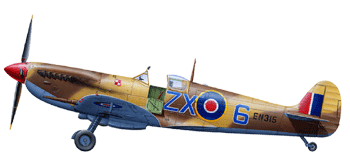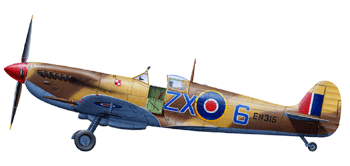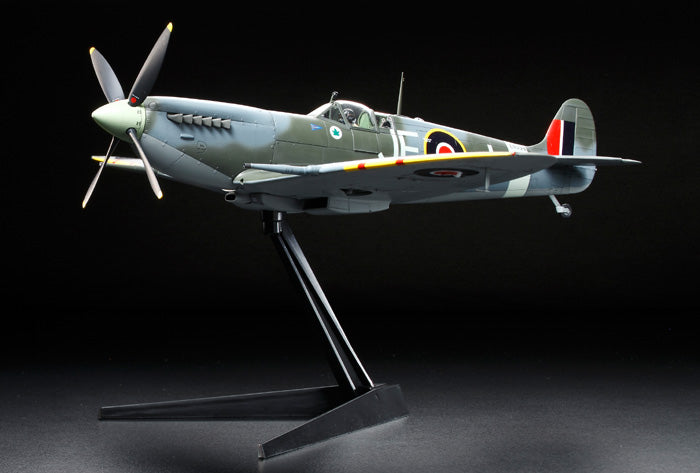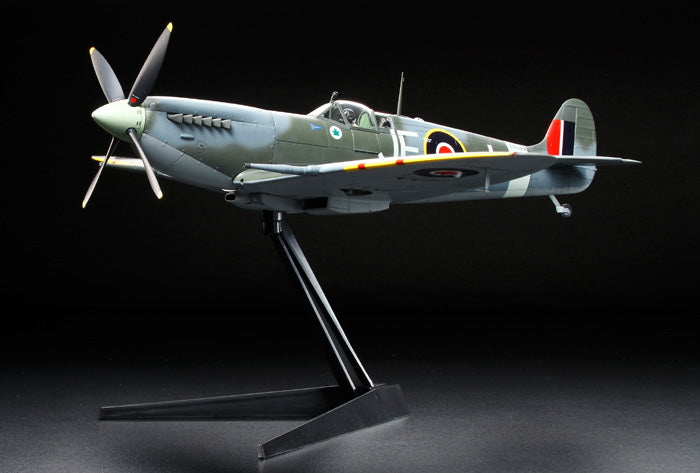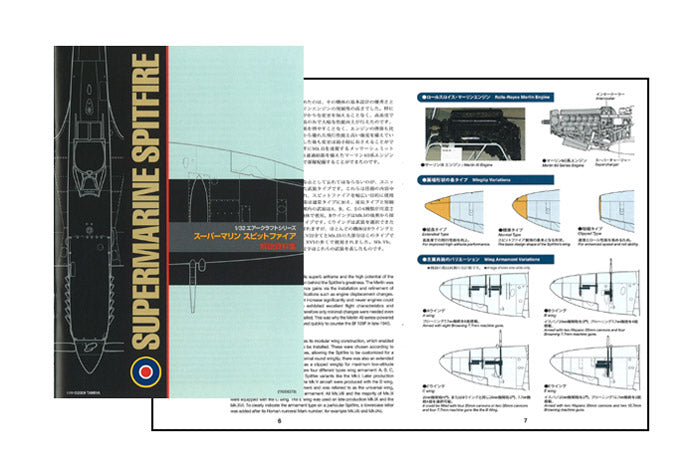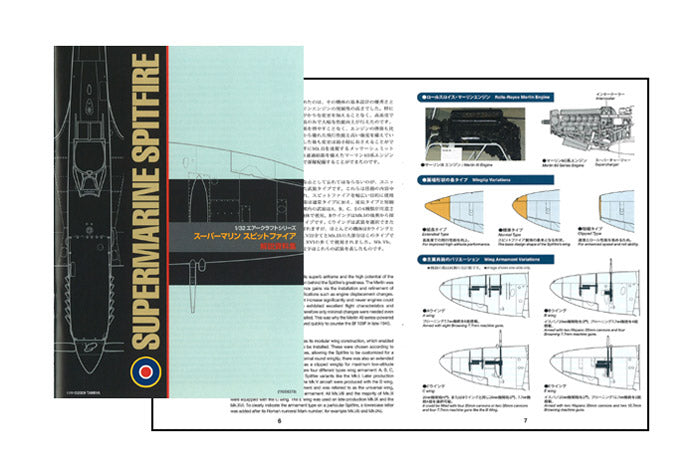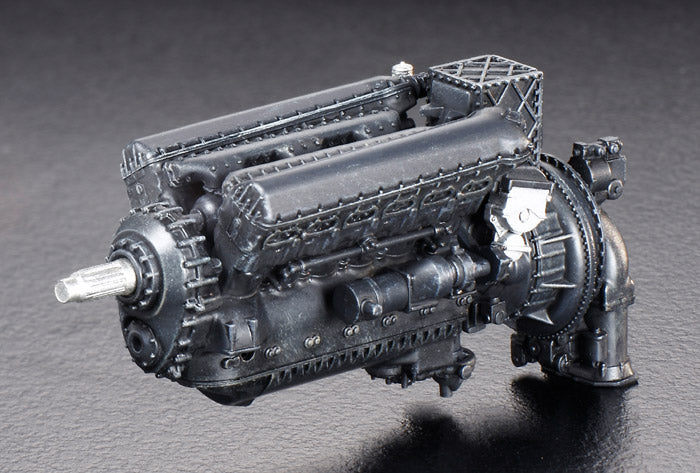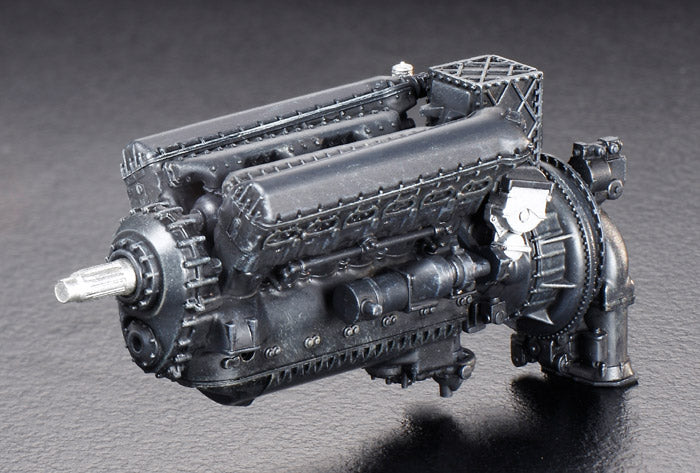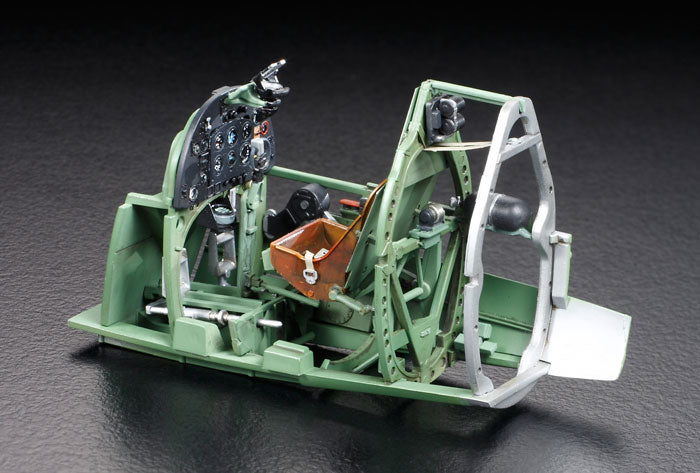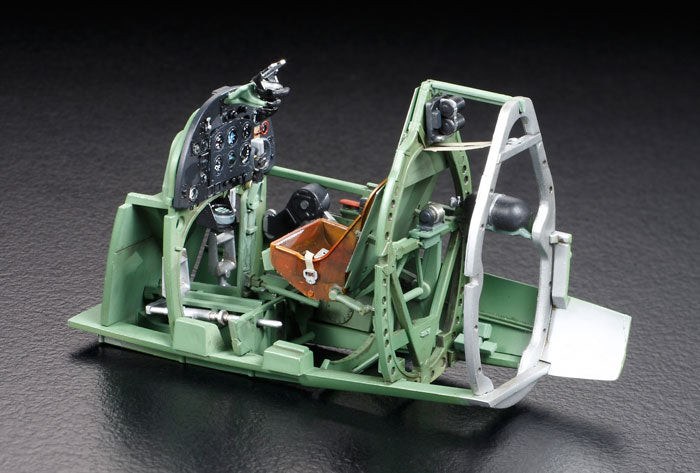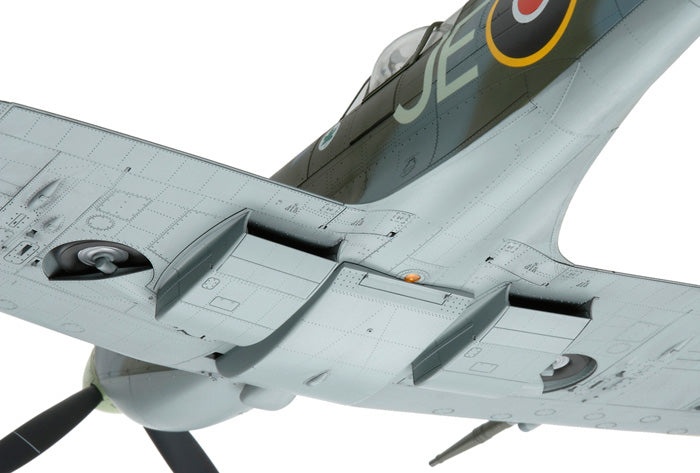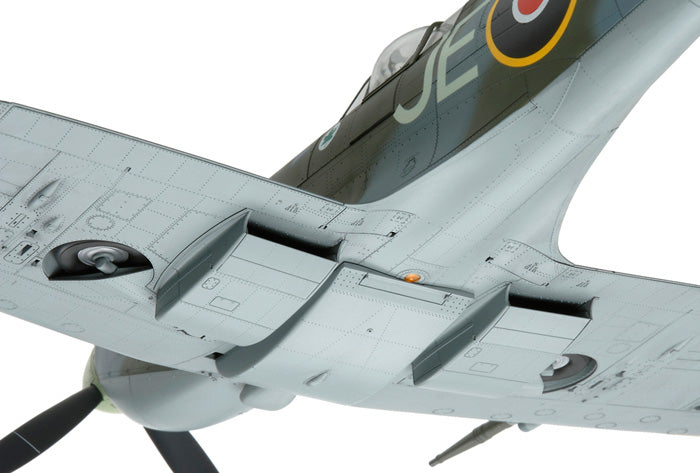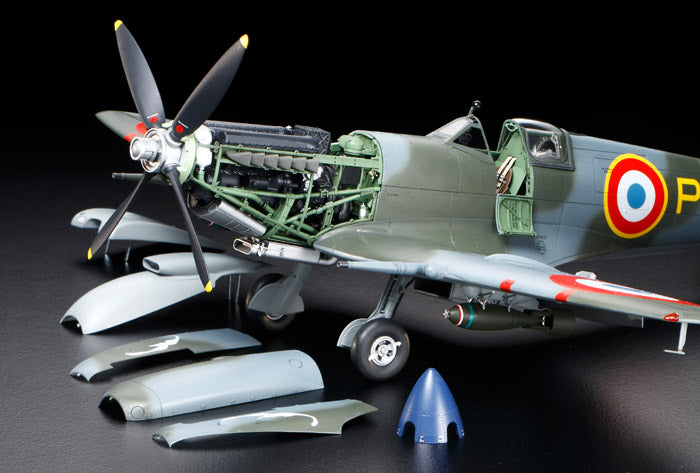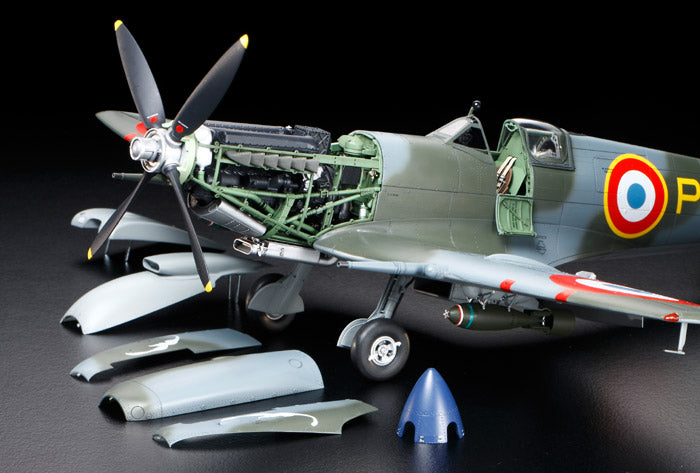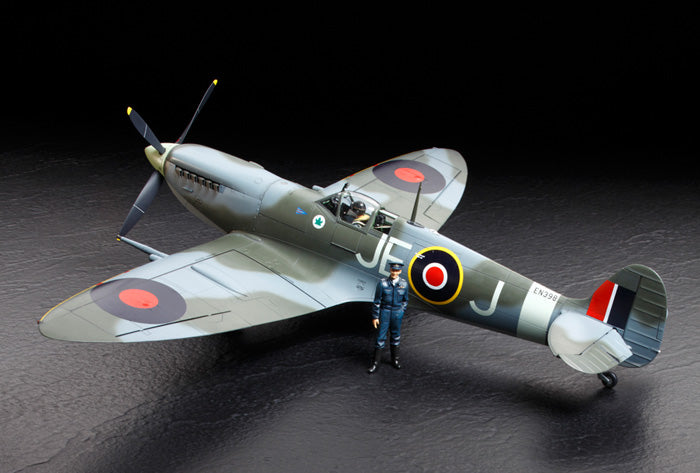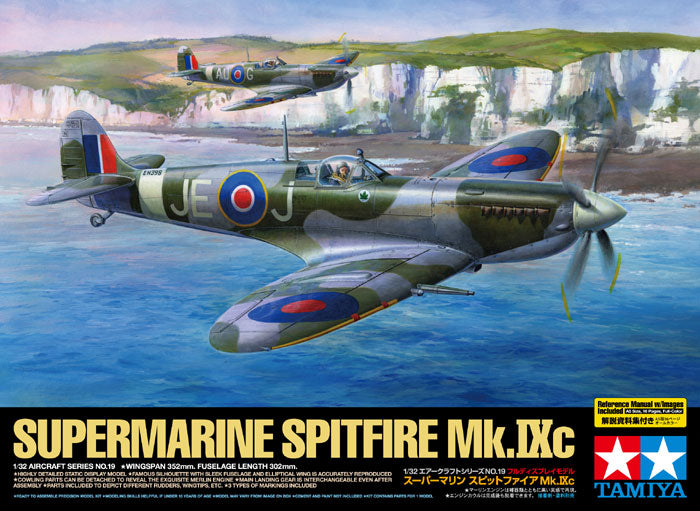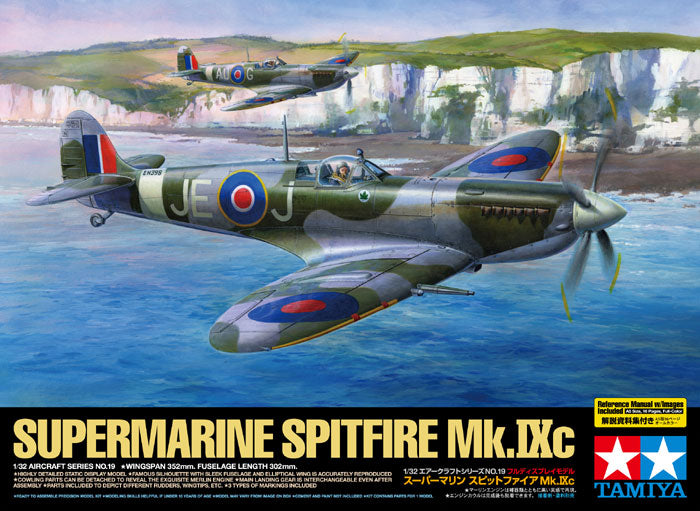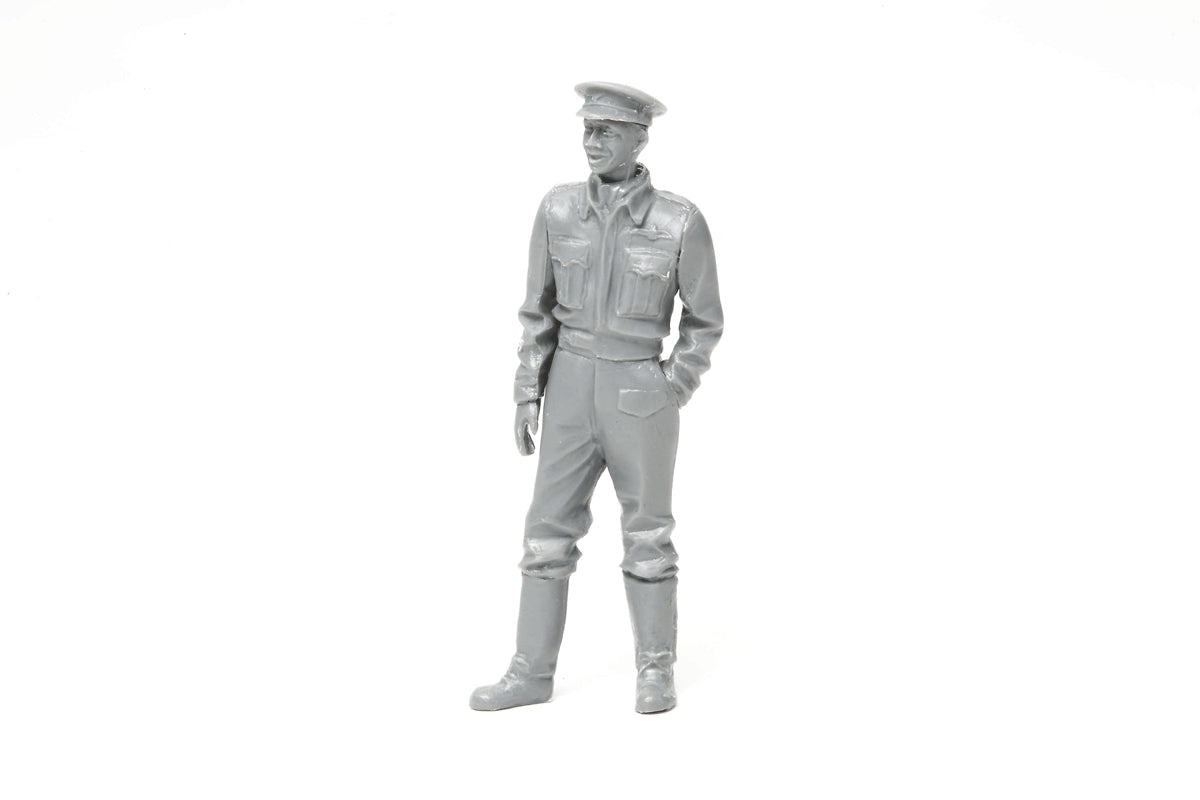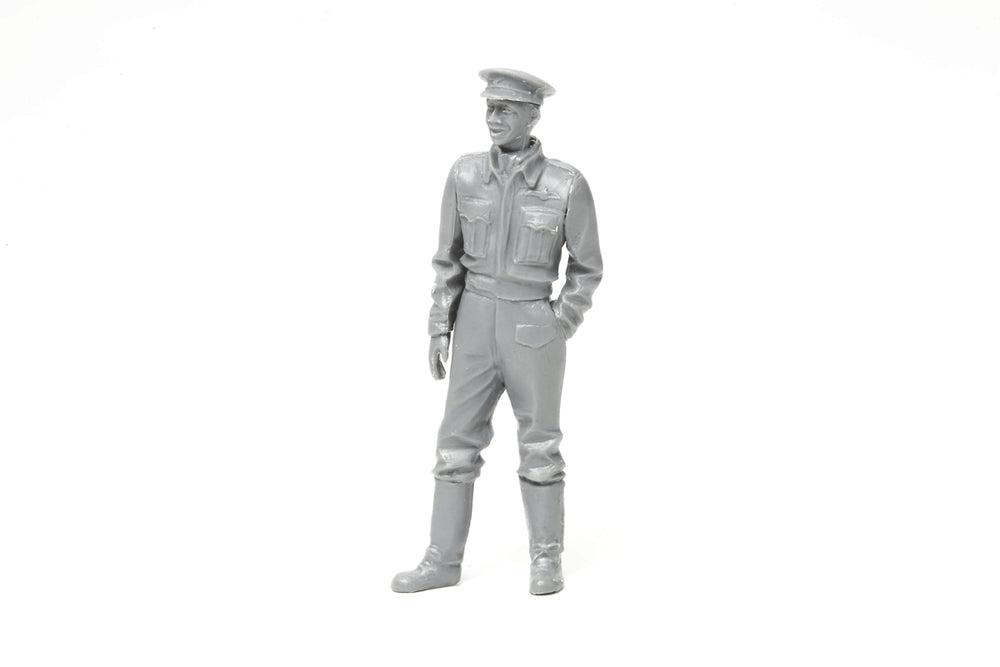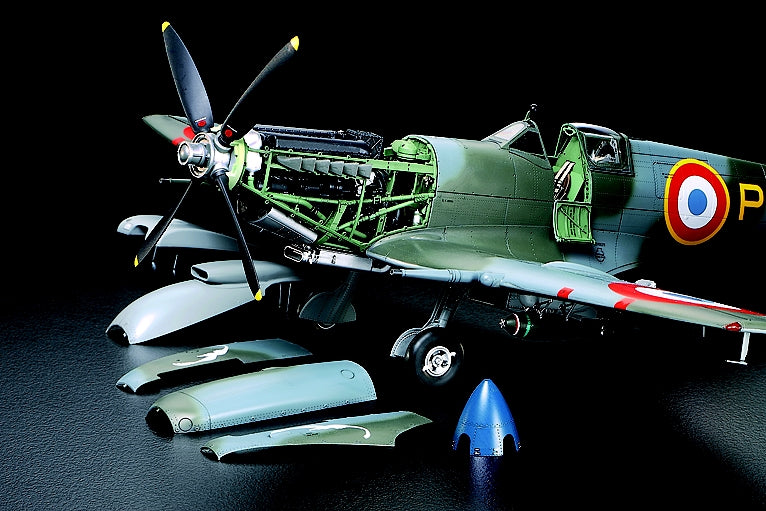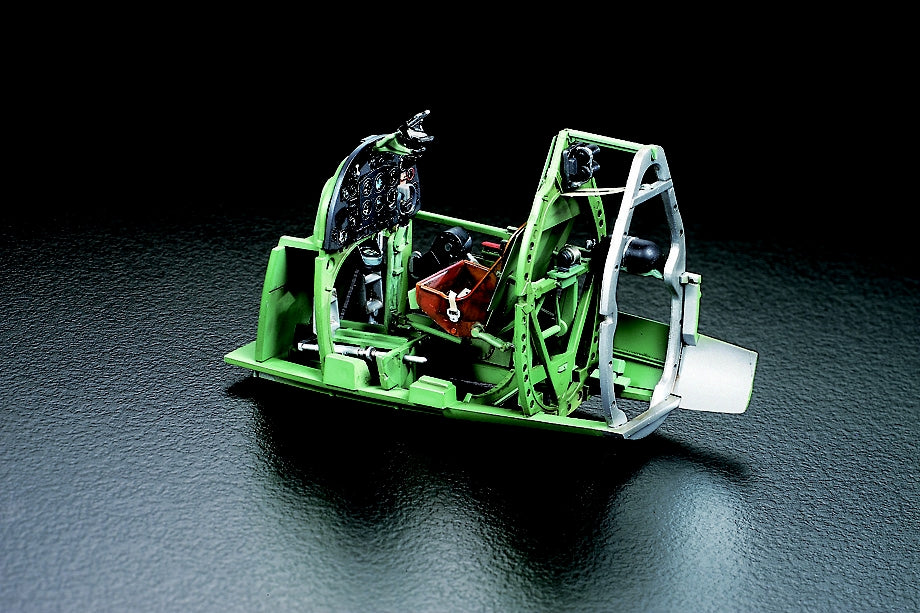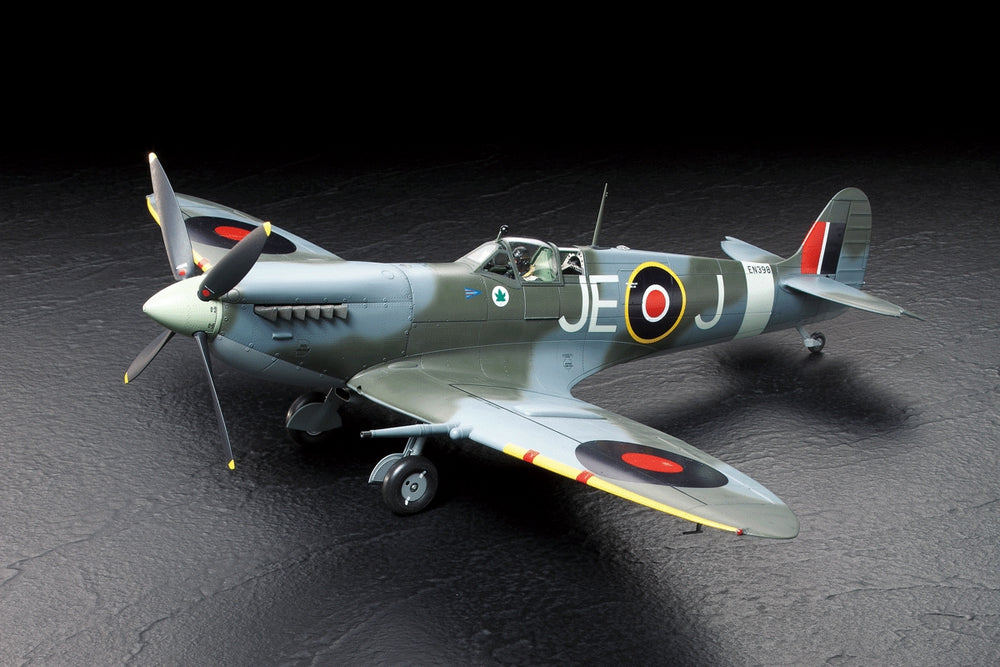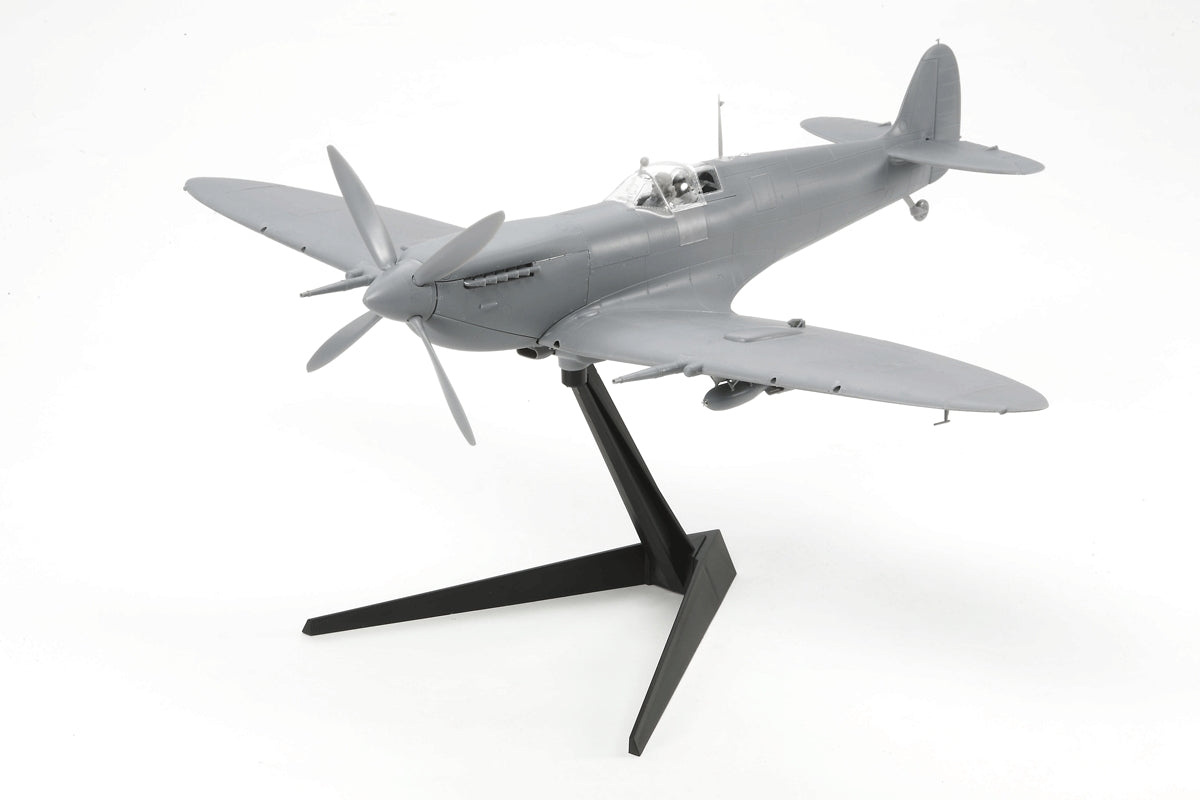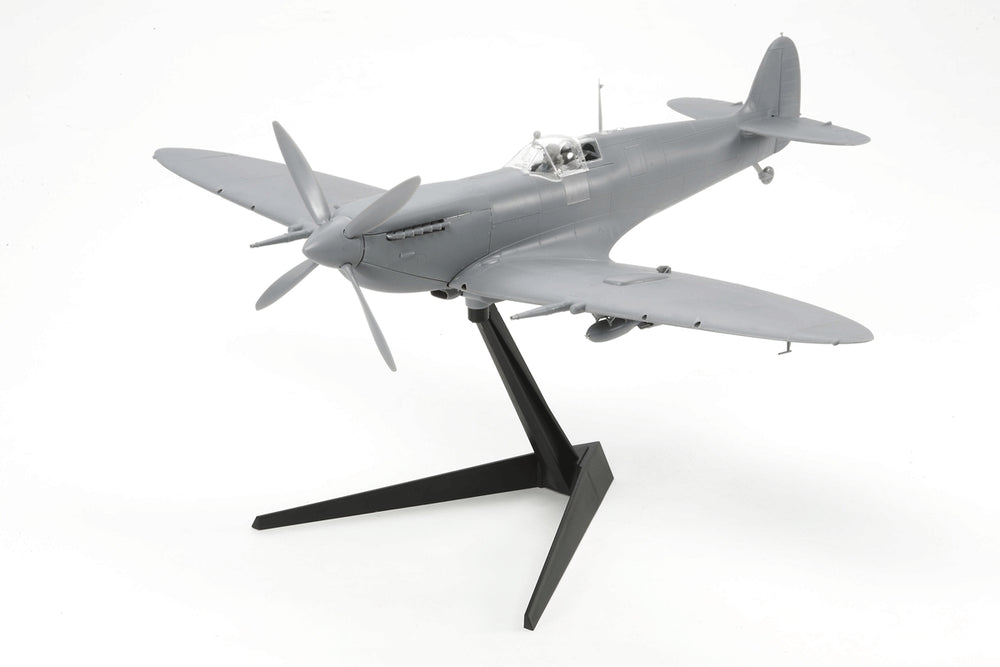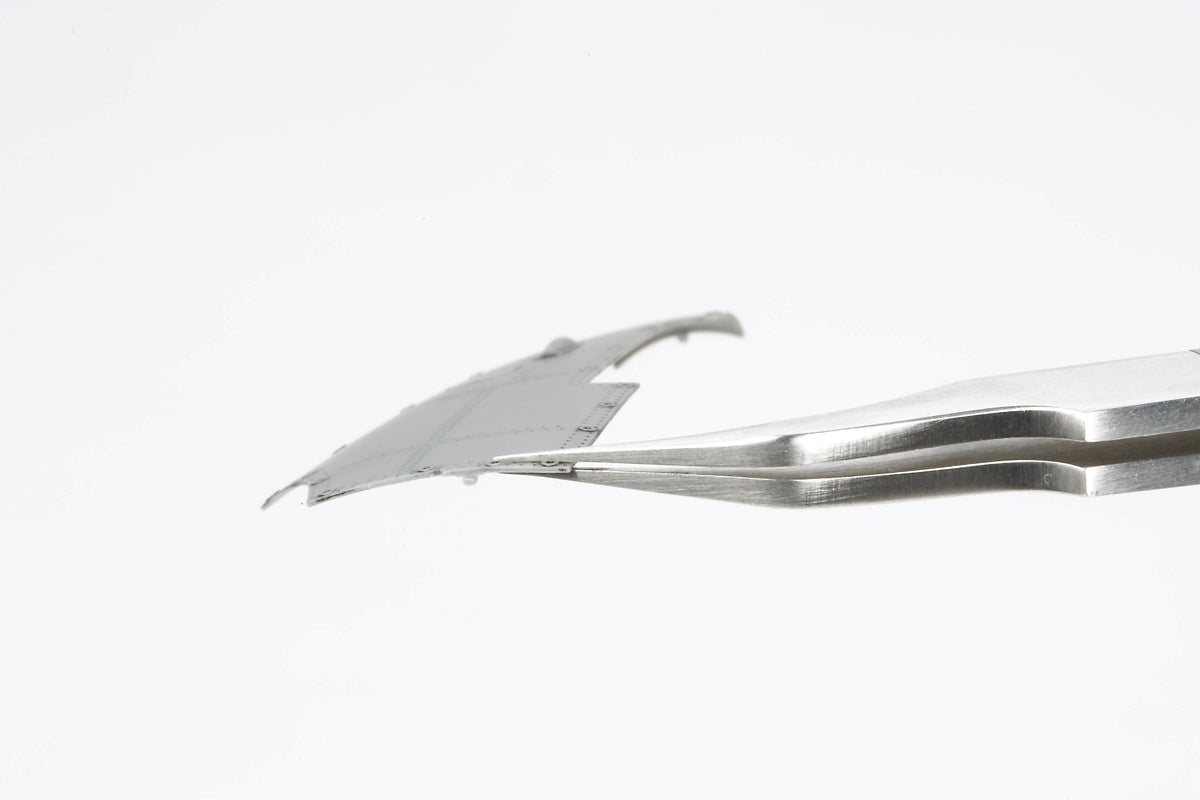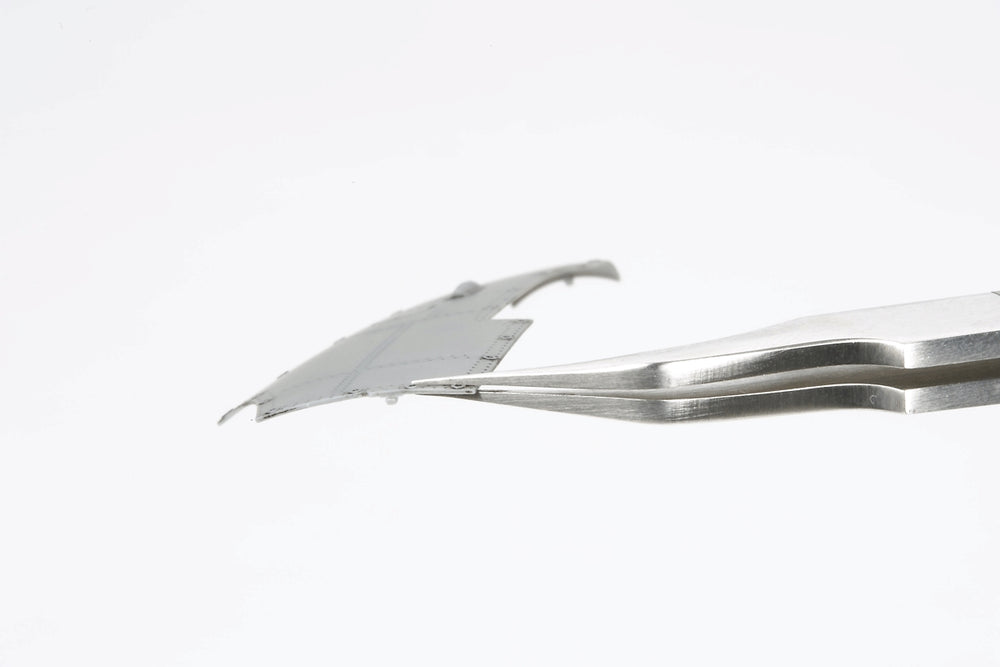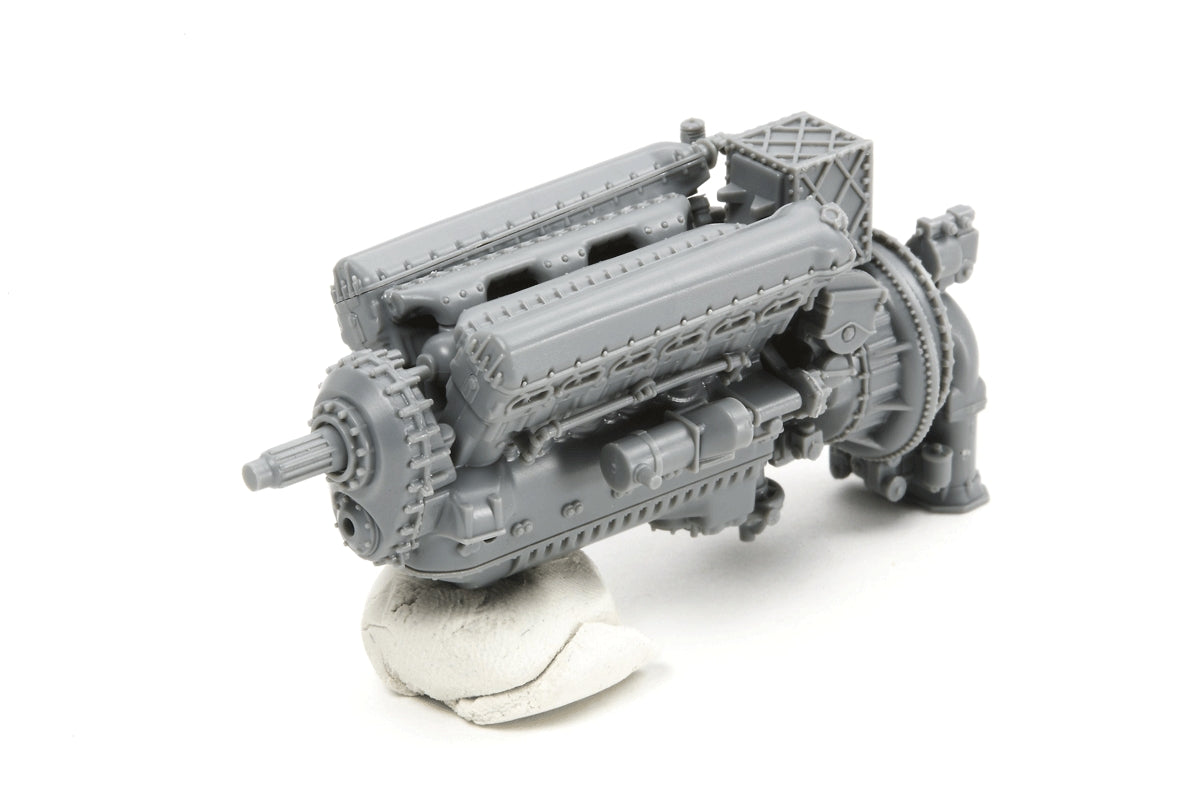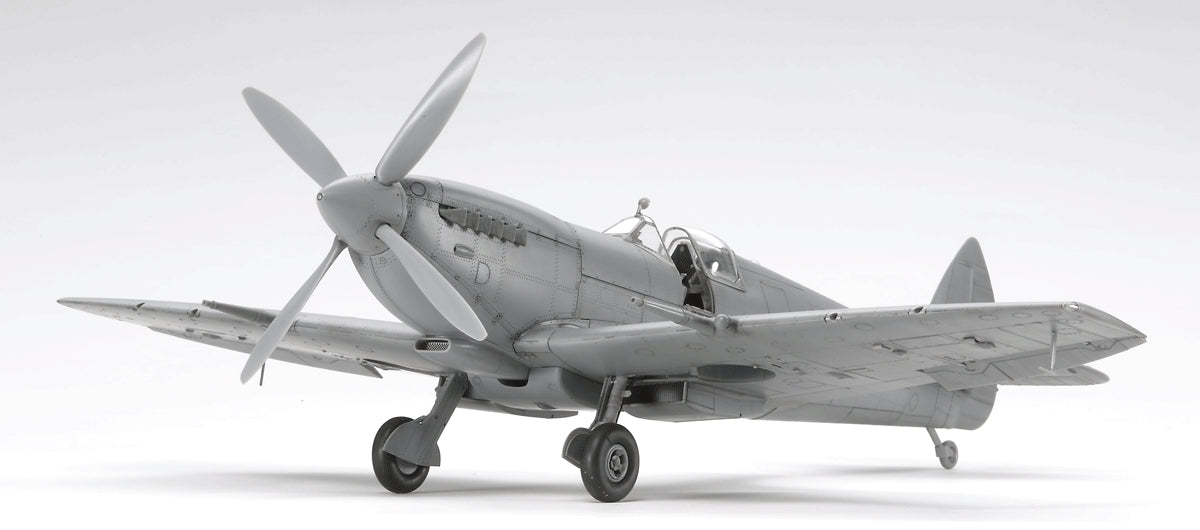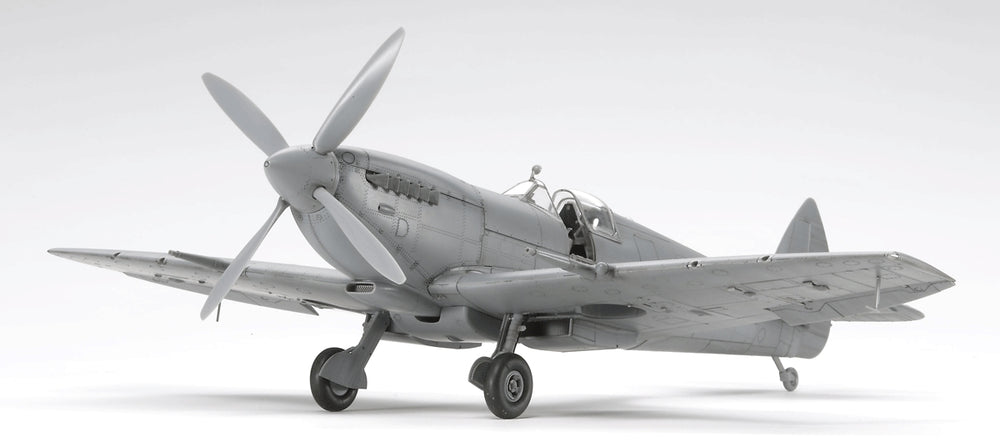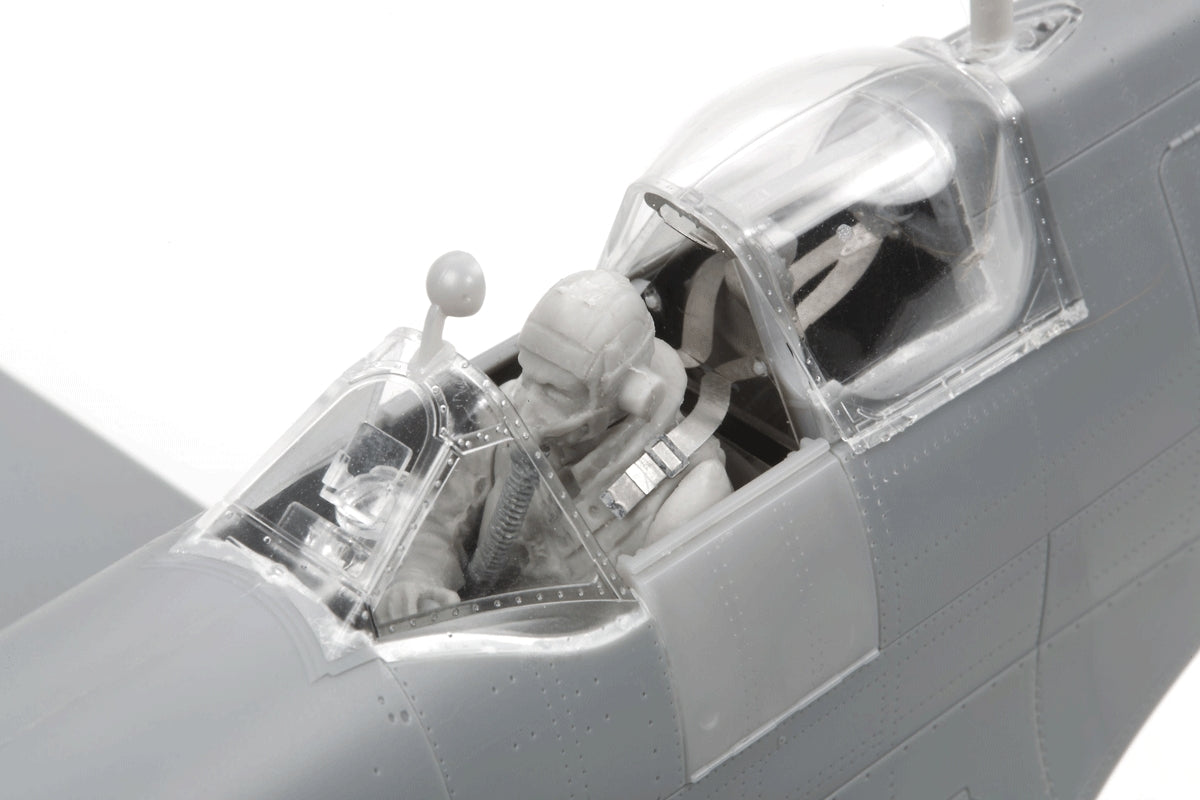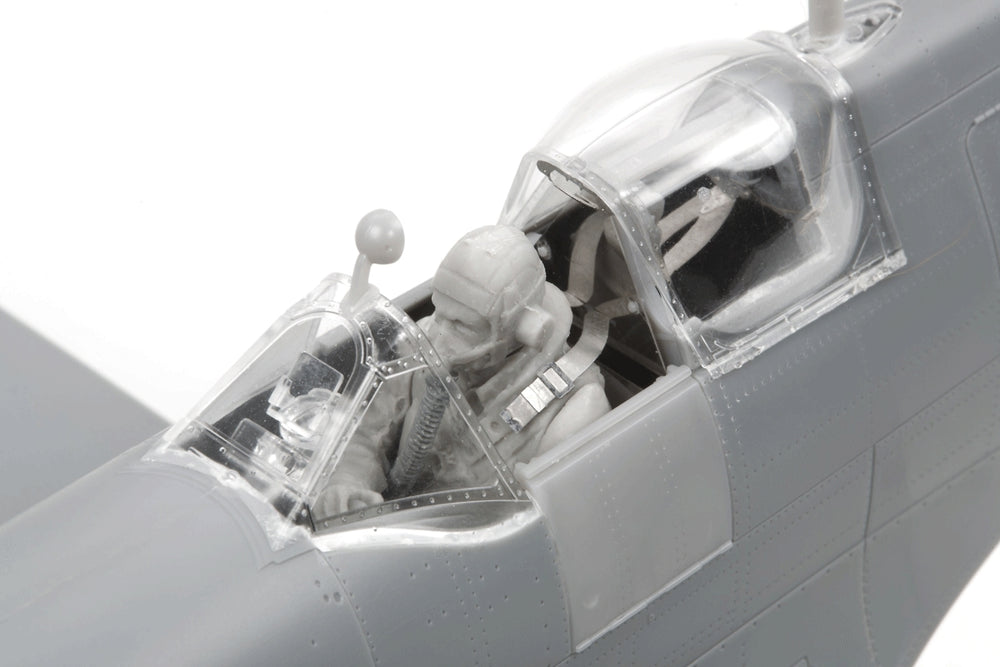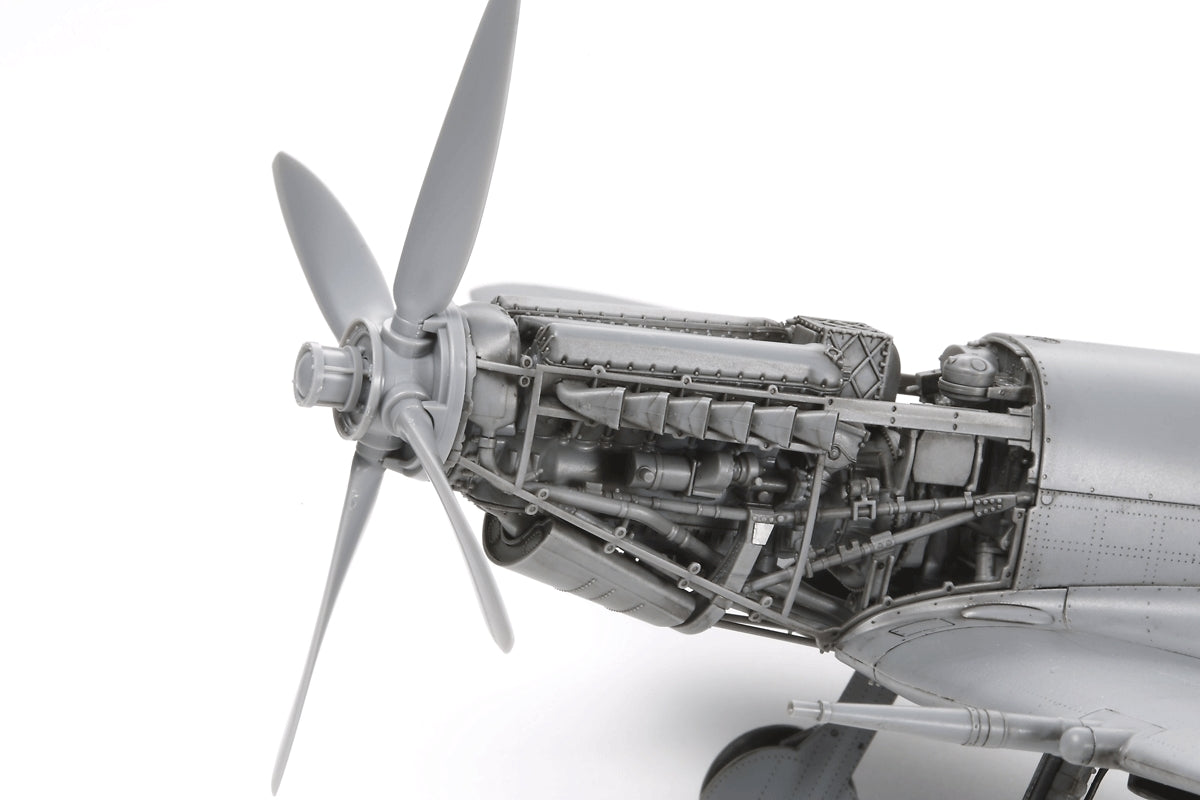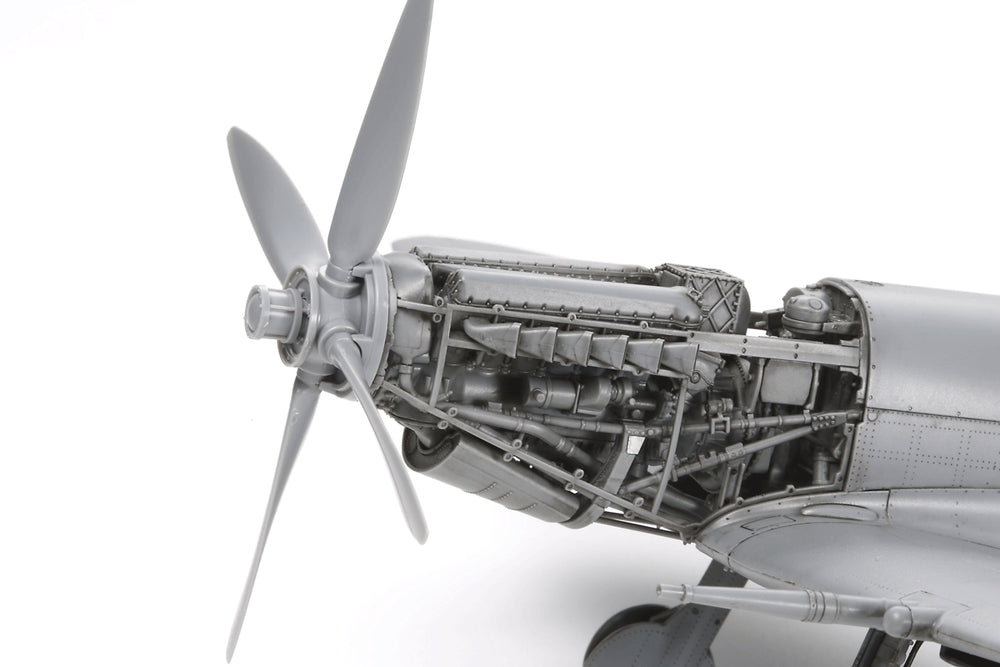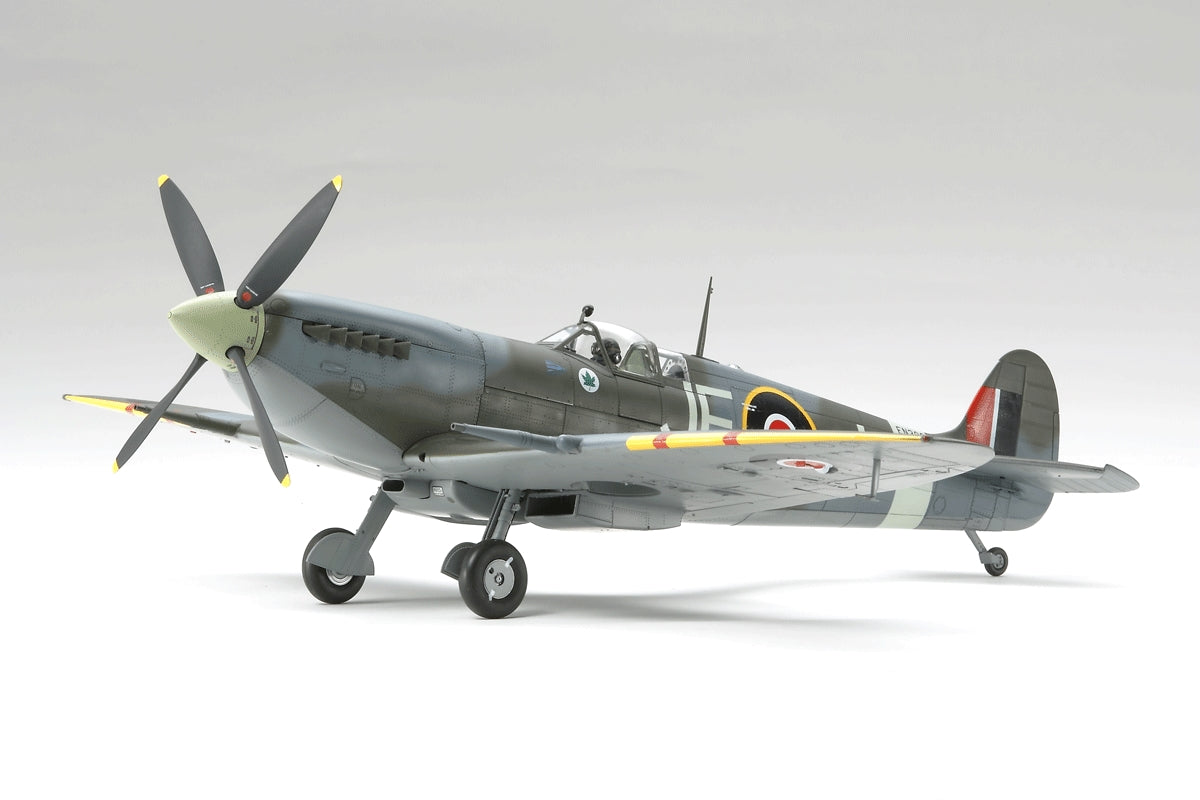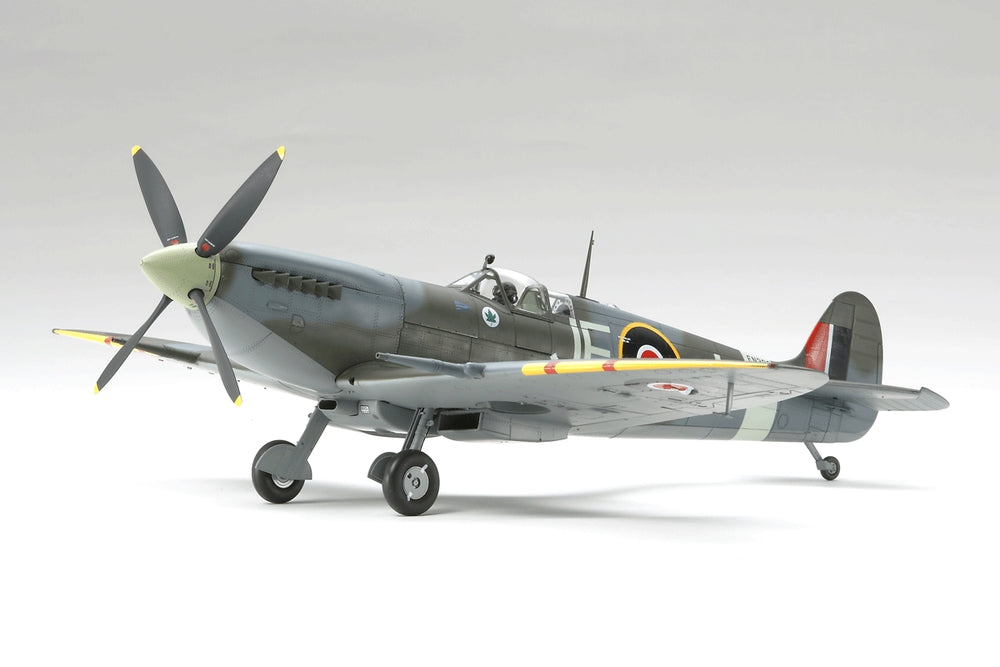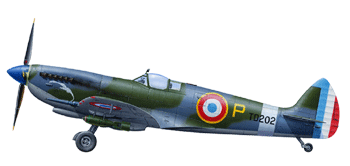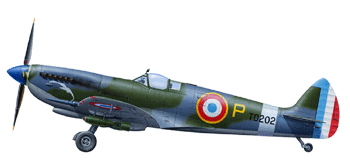Tamiya 1/32 Supermarine Spitfire Mk.IXc 60319
Tamiya 1/32 Supermarine Spitfire Mk.IXc 60319 will be backordered from our supplier. Delivery will take between 3-5 working days & orders will be despatched once completed.
Description
Description
The legendary Spitfire was the representative British fighter of WWII and many served with various air forces well into the 1950s. Among these was the Mk.IX, a variant powered by the Rolls-Royce Merlin 60 series engine which was developed to counter the Luftwaffe's Fw 190. Most of the Mk.IX aircraft came equipped with the C wing, two 20mm cannons, and four 7.7mm machine guns. The Mk.IXc, which was issued to units in July 1942, featured a top speed of 669.46 km/h and had superior maneuverability. The Mk.IXc not only helped the RAF regain air superiority over the English Channel, but it was also the second most produced Spitfire variant with 5,500 built. They were the RAF's main fighter for the latter half of the war.
The Supermarine Spitfire is one of the most widely recognized fighters of WWII. Designed by R.J Mitchell, the Spitfire is known for its exploits during the Battle of Britain. Throughout the war, the Spitfire"s engine technology evolved to compete with the newer Axis aircrafts. As a result, there are numerous variants of the Spitfire, which served with distinction in the RAF as well as in the air forces of other countries. The Spitfire Mk. IX was produced as a result of the German Fw190A fighter, which were superior to the earlier production Spitfire Mk. V. The new Spitfire Mk. IX was equipped with a Merlin Series 60/70 engine and two-stage supercharger. This improved the performance of the aircraft and allowed it to match the Fw190A in battle. The production of the Spitfire Mk. IX continued until the end of WWII. The most common Spitfire featured the "C" universal wing, which could be equipped with four 20mm cannons or two 20mm cannons and four 7.7mm machine guns. Some of the Spitfires were also fitted with bomb racks to allow the aircraft to be used as a fighter-bomber.
1. Two types of fuel tanks (normal, flying stand)
2. Two types of filters (early / late model)
3. Two types of exhausts (early / late model)
4. Two types of cowlings (early / late model)
5. Two types of wing bulge (twin/single cannon)
6. Two types of wingtips (round, clipped)
7. Two types of rudder (round, pointed)
8. Two types of stabilizers (straight, horn)
Early and late style wheels
Early and late style gunsights
Rubber brake lines and tires
IFF antenna panel
Bomb racks and 250lb bombs
Stand to display the model in-flight
Open or closed canopy and cockpit hatch (see 9).
Special Photographic Reference Manual Included
In addition to the historical background of the Spitfire, this booklet includes photographs taken at museums where we researched actual Spitfire aircraft.
A5 size, 16 pages.
Specifications
Specifications
Payment & Security
Payment methods
Your payment information is processed securely. We do not store credit card details nor have access to your credit card information.

